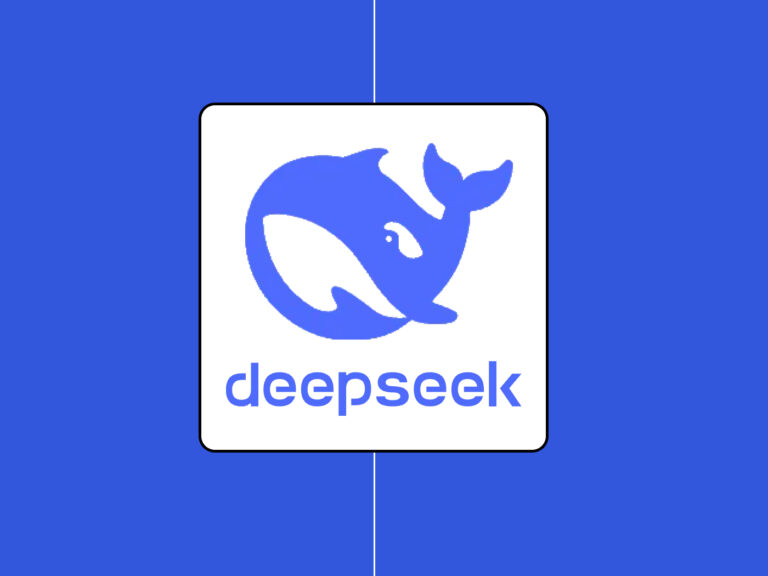Artificial Intelligence (AI) has emerged as a powerful tool in the realm of education, offering innovative solutions to address diverse learning needs.
In the domain of special education, AI platforms provide invaluable support, assisting teachers in catering to the unique requirements of students with disabilities or learning differences.
Why Should Special Education Teachers Embrace AI Tools?
Special education teachers should embrace AI tools because they offer personalized support tailored to individual student needs, fostering inclusivity and engagement in the classroom. Special Education AI tools enhance learning outcomes by providing accessible and interactive learning experiences, ultimately helping teachers to better address the diverse needs of their students.
Positivities of Special Education AI Apps for Teachers
- Personalized Support: Special education AI tools offer tailored assistance, catering to the students learning needs and challenges.
- Inclusivity: By providing accessible and engaging learning experiences, AI tools promote inclusivity in the classroom.
- Enhanced Learning Outcomes: Leveraging artificial intelligence improves student engagement, comprehension, and academic success.
- Efficiency: AI tools streamline teaching processes, allowing educators to focus more on individualized instruction and student support.
- Empowerment: Integrating AI tools empowers educators to meet the diverse needs of students with disabilities, fostering a supportive learning environment for all.
Here are the top 5 AI tools created for special education teachers:
Top AI Special Education Tools
1. Mindspark
- Mindspark is an adaptive learning platform powered by AI algorithms designed to personalize education for each student. It offers interactive modules covering various subjects, allowing students to learn at their own pace while receiving targeted support and feedback.
- Pros: Mindspark’s adaptive nature ensures that students receive customized learning experiences tailored to their individual strengths and weaknesses, fostering greater engagement and comprehension.
- Cons: One potential drawback of Mindspark is its reliance on technology, which may pose challenges for schools with limited access to digital devices or reliable internet connectivity.
2. Read&Write
- Read&Write is a literacy support tool equipped with AI-driven features such as text-to-speech, word prediction, and vocabulary support. It assists students with reading and writing difficulties, including dyslexia, by providing alternative ways to access and interact with text-based content.
- Pros: Read&Write’s intuitive interface and diverse features empower students with learning differences to overcome literacy barriers, enabling them to participate more effectively in classroom activities and assignments.
- Cons: Despite its effectiveness, Read&Write may require additional training for teachers to fully utilize its features and integrate them seamlessly into their instructional practices.
3. Co:Writer
- Co:Writer harnesses AI technology to assist students with spelling, grammar, and sentence construction in real-time. By offering predictive text suggestions and contextual support, it promotes independent writing skills and fosters confidence among learners with writing challenges.
- Pros: Co:Writer’s predictive text feature helps students overcome spelling and typing difficulties, allowing them to focus on expressing their ideas without being hindered by language mechanics.
- Cons: The effectiveness of Co:Writer may vary depending on the complexity of the content and the individual student’s writing proficiency, requiring ongoing assessment and adjustment by teachers to maximize its benefits.
4. Prodigy
- Prodigy is a game-based learning platform that utilizes AI algorithms to adapt math content to each student’s skill level and learning trajectory. It offers a dynamic and engaging environment where students can practice math concepts while receiving immediate feedback and support.
- Pros: Prodigy’s gamified approach to learning motivates students to actively participate and progress through math curriculum, making it especially beneficial for students with special needs who may struggle with traditional teaching methods.
- Cons: Despite its appeal, Prodigy’s effectiveness in addressing individual learning gaps may be limited by its focus on math content, requiring supplementary resources to support a comprehensive educational experience.
5. BrainPOP
- BrainPOP employs AI technology to deliver animated educational content across various subjects, catering to diverse learning styles and preferences. It offers interactive videos, quizzes, and activities that engage students and facilitate comprehension, making complex concepts more accessible and enjoyable.
- Pros: BrainPOP’s visually appealing and interactive format captivates students’ attention, facilitating deeper understanding and retention of academic content, including topics relevant to special education.
- Cons: While BrainPOP offers valuable educational resources, some educators may find its subscription-based model prohibitive, particularly for schools with limited budgets or funding constraints.
Special Education Apps Conclusion
In conclusion, AI tools hold immense promise for transforming special education by providing personalized support, fostering inclusivity, and enhancing learning experiences for students with diverse needs. While each platform offers unique benefits and features, it’s essential for teachers to carefully evaluate their suitability and effectiveness within their specific instructional contexts. By harnessing the power of AI technology, special education educators can empower every student to reach their academic goals.
Feel free to explore our archives and start your free AI education journey today. Happy teaching!




